by Brad Reynolds
At the beginning of World War I, British naval strategists did not believe German submarines would play a significant role in the Atlantic or North Sea. They believed that the battle for the sea would be fought on the surface by the tangible muscle of the day: dreadnaughts. Submarine technology was seen as ineffective and unreliable, but the Allies would soon pay for their poor initial judgment. Not only would submarines change the way naval planner were forced to think about surface warfare, they also created a panic among Allied commanders regarding anti-submarine tactics. Ultimately, it was the invention of the depth charge by the British Navy that would professionalize anti-submarine warfare and forever change how strategists conceptualized naval combat.
[text_ad]
In the first three months of the war, the loss of three British cruisers to German U-boats was a shock. Many British commanders refused to believe that submarines were able to sink the British ships, so out of denial, they chalked up the losses to mines. As the war progressed, U-boats continued to rule the seas unmatched. The realization that Allied navies may have to modify their tactics to combat an undetectable and invisible enemy was too much for some planner to come to grips with at first.
Hammering Periscopes & Weighted Bombs
The British finally did come to terms with the reality of the U-boat threat, but for awhile, their ill-equipped fleet floundered to defend against German submarines. As late as 1915, British vessels were implementing an anti-submarine strategy that called for patrol boats to sail alongside sighted submarine periscopes and attack them with flogging hammers. British sailor even began attempting to attach weighted bombs to the periscopes, which proved as difficult as hitting them with hammers. Up until 1917, the U.S. Office of Naval Intelligence advised ship commanders to either turn and run or ram German submarines upon periscope sightings. But these were all reactionary strategies requiring a U-boat to surface, doing little to console an Allied captain’s sense of fear from their inability to defend themselves.
While captains devised every means available to ward off German submarines, the Submarine Attack Committee (SAC) of the Royal Navy had begun undertaking submarine defense research and would eventually lead to the invention of the depth charge. The SAC ordered a “droppable mine” in 1913, but technology would not catch up to theory until 1914, when British naval engineer Herbert Taylor invented the hydrostatic valve, which uses pressure to extend a bellows. The firing pin could then be adjusted to different distances from the bellow to determine the depth of detonation.
Initial tests of the “hydrostatic pistol detonation mechanism” showed promise, and the only issue that remained was perfecting the ordinance and determining the optimal depth for the explosives. By 1917, the depth charge had been improved to allow different detonation depths, between 50 and 200 feet, and could damage anything within a 140-foot radius.
Mass Implementation Begins
Large-scale depth charge production began in 1916, and the first recorded sinking of a German U-boat occurred on March 22, off the coast of Ireland. Initially, British vessels were only allocated two depth charges per ship, but this increased to four by 1917, and 30-50 for larger ships by 1918. Many smaller ships were also outfitted with army howitzer bomb throwers and specially constructed k-pistols so that they could clear the blast radius in time.
These initial depth charges, or “falling mines,” added to maritime warfare another dimension, bringing together both surface and submerged warfare. Though depth charges weren’t implemented on a large scale until the later half of the war, they continued to be used in large degree during World War II, as in the picture shown above. Their advent was crucial in raising the morale of the Allied navies, affording commanders a sense of capability in an era of ever-evolving naval tactics.
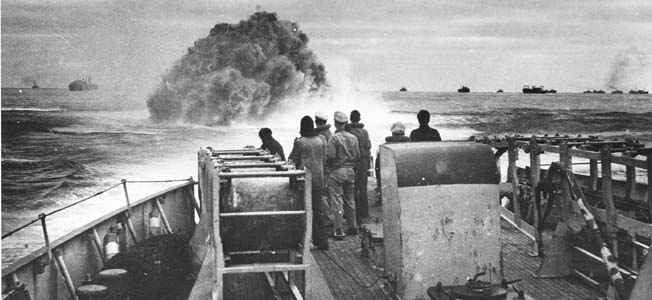
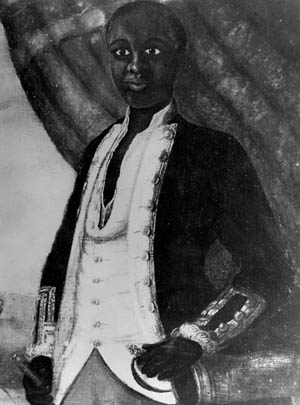
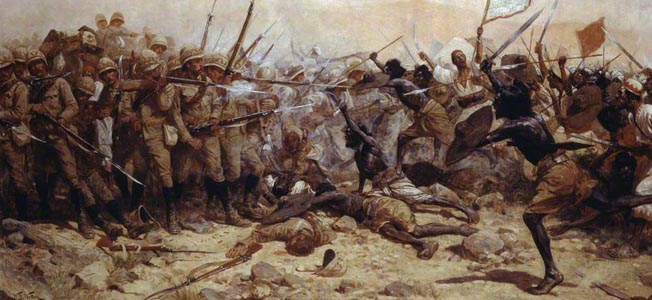

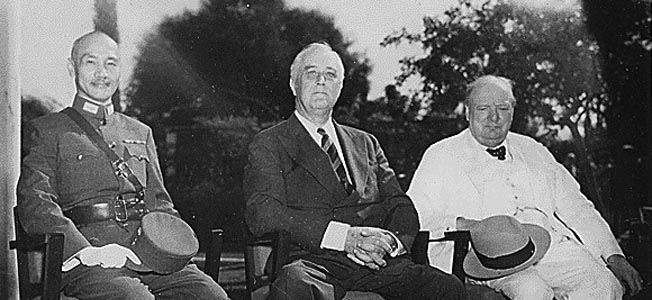

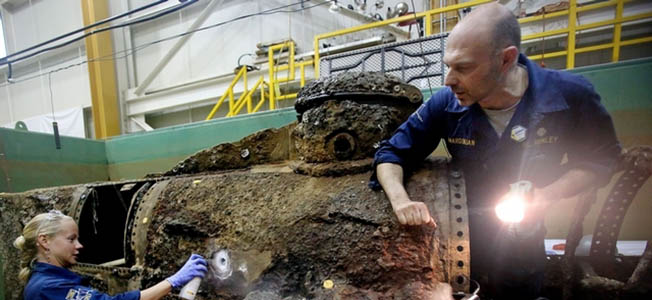

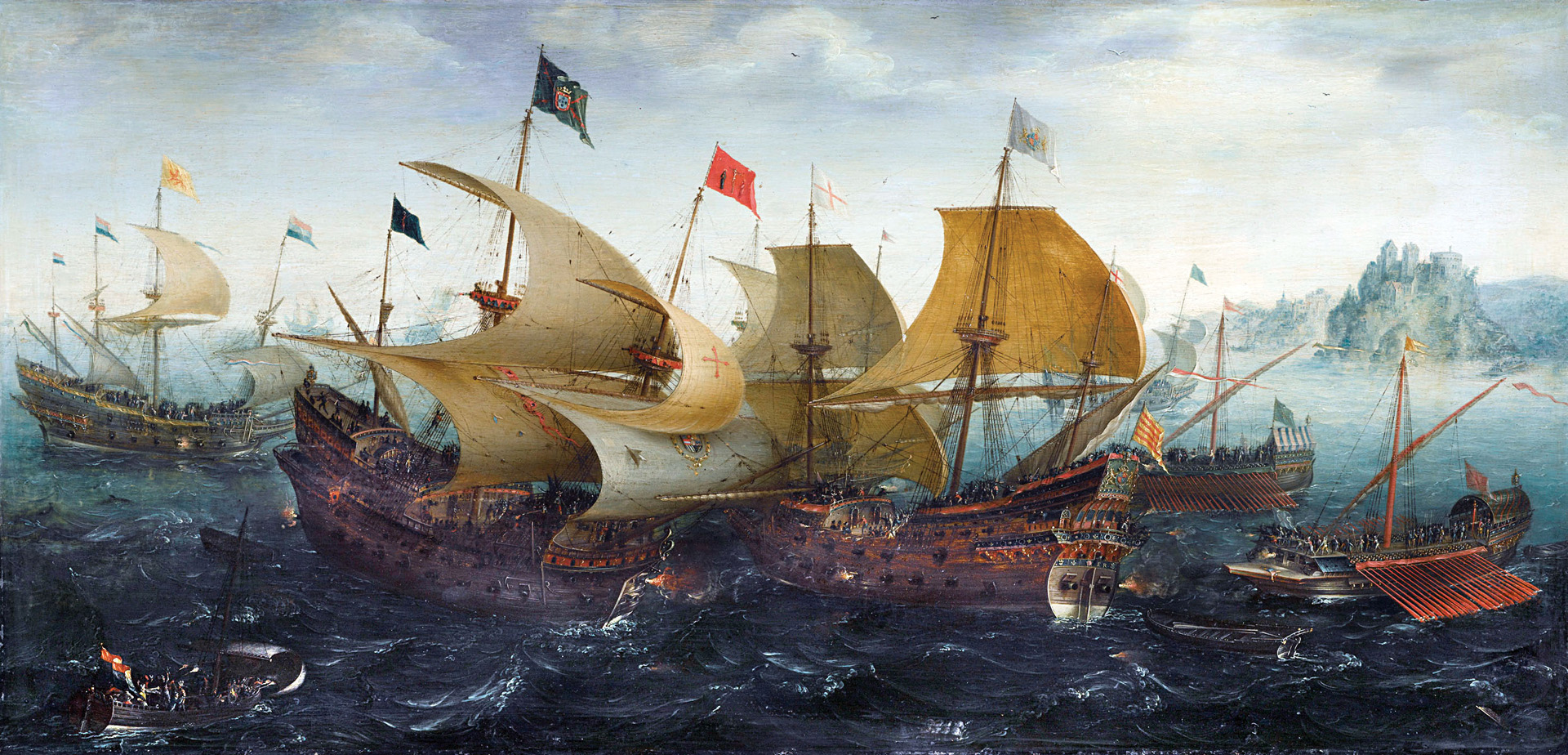
Join The Conversation
Comments
View All Comments